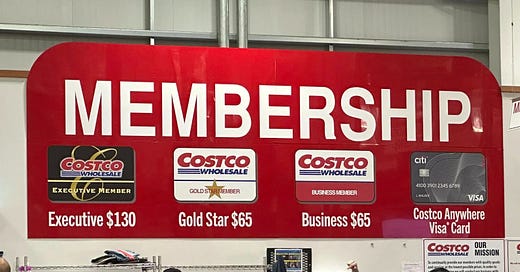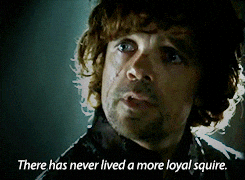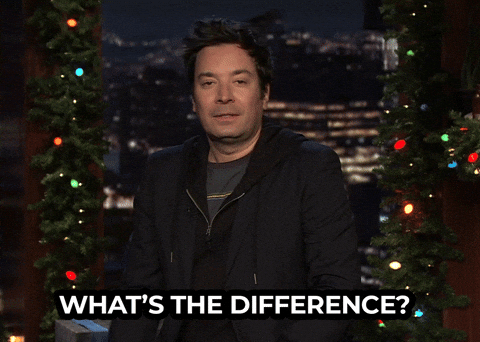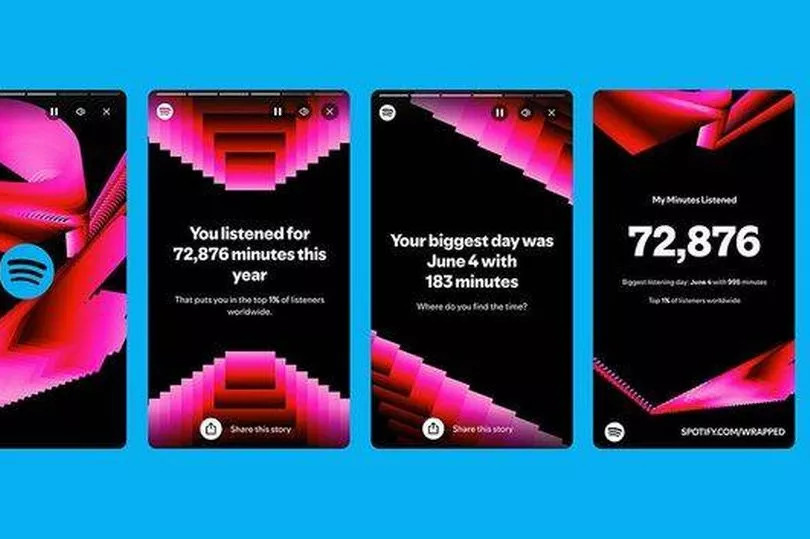Brand Loyalty Isn’t Given—It’s Rented, and the Rent Is Due Daily.
The shift from transactional models to participatory loyalty.
Previously on Giuseppe’s Glimpse: In the last episode, we explored how timeless CX principles like trust and care, learned from a small butcher shop in Calabria, apply to today’s AI-powered retail. Missed it? Catch up here! ✨
Buongiorno everyone! 👋
Loyalty is something we all experience, often in the most personal ways—whether it’s the trust we place in a close friend or the quiet understanding shared in a lasting partnership. 💛
But loyalty isn’t confined to personal relationships; it plays a pivotal role in how we connect with the world around us, including the brands we choose to support.
When you think about it, the parallels are striking. Loyalty—whether to a person or a brand—thrives on a balance of practical benefits and emotional bonds. ⚖️
It’s the kind of connection that keeps people coming back, not out of obligation, but out of genuine affinity.
This raises an interesting question: how can brands move beyond transactional loyalty programs to create deeper, more meaningful relationships? 🤔
The foundation: balancing function and emotion
Imagine a couple sharing the responsibilities of daily life.
One cooks 🍳, the other cleans. One walks the dog 🐕, the other takes care of the bills.
These functional exchanges keep things running smoothly—but they aren’t the glue that holds the relationship together.
It’s the emotional layer—shared values, mutual trust, and heartfelt moments—that sustains and enriches it. 💞
The same principle applies to brands.
Rational benefits like quality products, competitive pricing, or convenience might attract a customer, but emotional benefits like shared purpose, trust, and community foster loyalty. 🤝
Brands must offer both. Without the emotional dimension, the relationship becomes purely transactional, vulnerable to disruption at the first sign of a better deal.
Rethinking loyalty models
Traditional loyalty programs often follow the familiar “earn-and-burn” formula: collect points, redeem rewards, repeat. 🔄
While this approach has its merits and still works, it often reduces customers to mere data points, turning the relationship into a transactional exchange.
What’s working today is something deeper. Brands like Costco, Amazon, and American Express are paving the way with subscription-based models that go beyond rewards. 💎
These programs offer exclusive access and premium benefits, creating a sense of belonging and value that resonates deeply with customers.
Even more exciting is the rise of membership-driven communities. 🫂✨ These aren’t just loyalty programs—they’re immersive experiences. Think fan clubs, VIP memberships, or exclusive events.
They turn customers into active participants, forging emotional connections that feel personal and meaningful. 💫
Loyalty is no longer about what people earn; it’s about how they feel. When brands create spaces where customers feel valued, seen, and part of something bigger, loyalty evolves from a program into a genuine relationship.
The rise of brand fandoms
Fandoms aren’t just for pop stars or blockbuster movies—they’re transforming how brands forge connections with their audiences. 🤗
Why? Because fandoms tap into core human needs: identity, social connection, and self-expression. And the numbers back this up: 85% of people aged 14 to 44 consider themselves fans of someone or something.
Smart brands are harnessing this cultural force to build deeper relevance. 🔑🌍
Take McDonald’s, for instance. By embracing its iconic portrayal in Japanese anime, the brand brought fantasy to life with an immersive “WcDonald’s” experience, complete with themed menus and packaging. 🍔
Heinz offers another example with its “It Has to Be Heinz” campaign, celebrating fan devotion through clever creativity and innovative products, from custom sauces to co-branded merchandise.
These examples highlight the shift from transactional loyalty to participatory loyalty. ➡️
Customers aren’t just passive buyers; they’re active participants in a shared culture. This sense of belonging drives deeper engagement and, ultimately, unwavering loyalty.
Humanizing loyalty through technology
Technology holds the power to create meaningful opportunities for participation and connection, transforming customer interactions into authentic, lasting relationships. ❤️
Tools like AI and advanced analytics allow businesses to understand their customers on a granular level, anticipate their needs, and provide tailored solutions that feel personal and intuitive.
A great example is Spotify’s Wrapped campaign. 🎧 What could have been just data instead becomes a celebration of individuality, showcasing users’ unique listening habits in a fun, shareable way.
It’s not just about displaying tech capabilities; it’s about making customers feel valued as part of a larger community. 🌟👫
But technology’s potential doesn’t stop there. Think about the AI-driven tools that address your needs in real time—recommending products at just the right moment or resolving issues seamlessly with conversational ease. 💬🤖
Besides improving functionality, these interactions strengthen the emotional bond between brands and their audiences.
When used thoughtfully, technology doesn’t replace the human touch—it enhances it, empowering brands to craft personal, authentic, and meaningful connections. 🤝✨
In a world where competition is just a click away, the brands that stand out will be those that see loyalty for what it truly is: a reflection of the value and values they bring to their customers’ lives.
Just like trust in a loving relationship, brand loyalty is a daily commitment. Even when you have it, remember: it’s never given, only rented, and the rent is due every single day. 💳❌
Stay curious! 🙌
-gs
Oh, wow! You made it to the end. Click here to 👉 SHARE this issue with a friend if you found it valuable.









